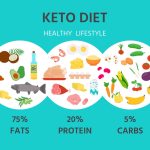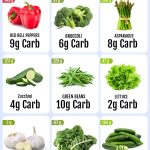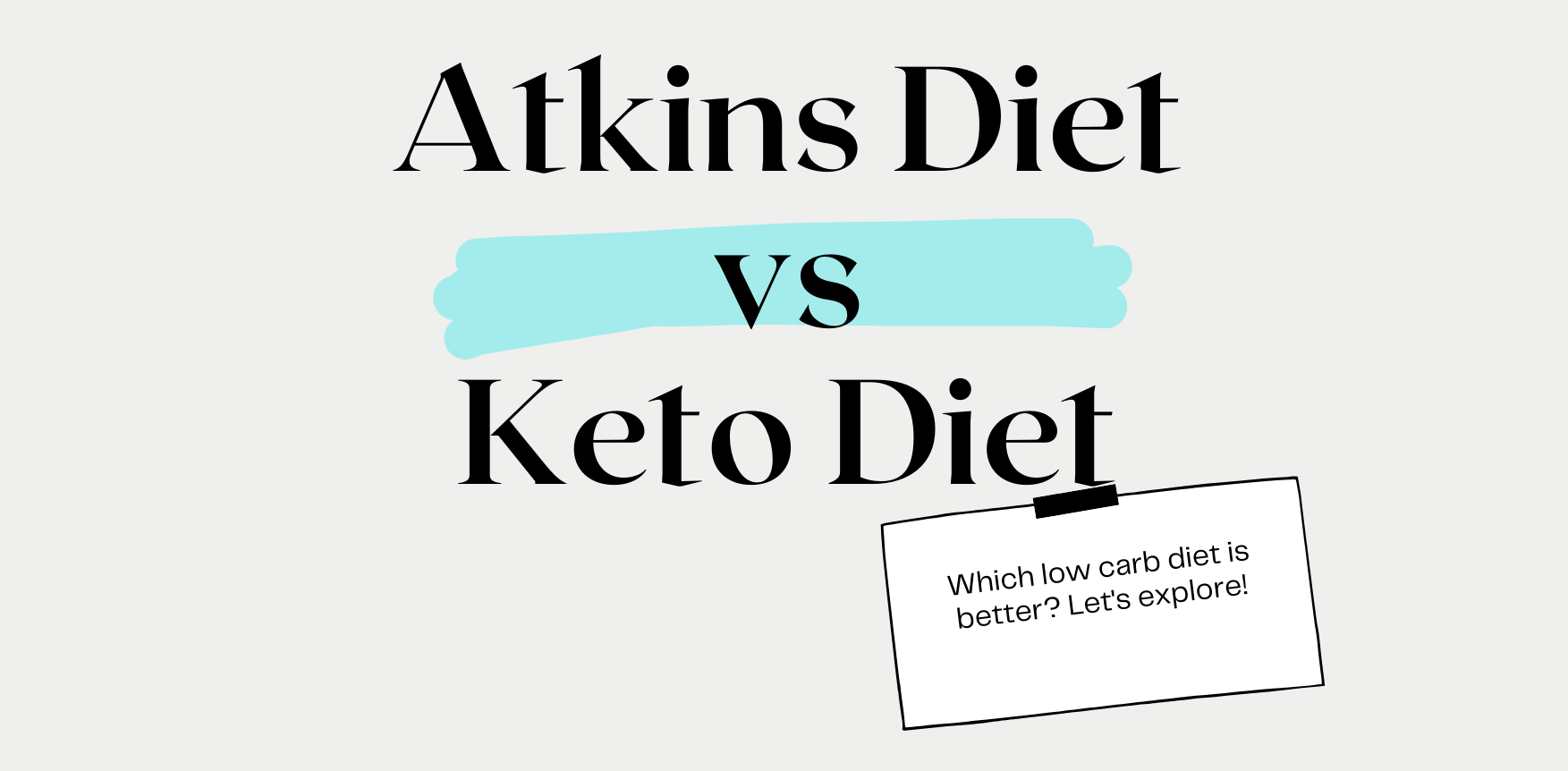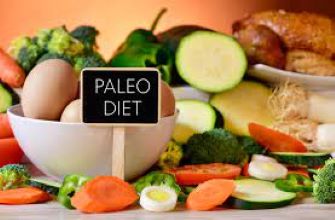Are you looking to shed some pounds, improve your energy levels, or enhance your overall health? Low-carb diets like the Atkins Diet and the Ketogenic (Keto) Diet have gained popularity as effective weight loss and health improvement strategies. In this blog post, we’ll compare the Atkins Diet vs. Keto Diet, highlighting their similarities, differences, and which one might be a better fit for your lifestyle and goals.
The Atkins Diet: A Low-Carb, High-Protein Approach
Overview: The Atkins Diet, developed by Dr. Robert Atkins in the 1970s, emphasizes reducing carbohydrate intake while increasing protein consumption. It consists of four phases, each with specific carb allowances:
- Induction Phase: Very low carb (20-25 grams per day) to induce ketosis.
- Balancing Phase: Gradually reintroduce carbs while monitoring weight loss.
- Pre-Maintenance Phase: Fine-tune carb intake to achieve and maintain target weight.
- Maintenance Phase: Maintain weight by consuming a sustainable level of carbs.
Key Features:
- High intake of animal protein.
- Focuses on net carbs (total carbs minus fiber and sugar alcohols).
- Allows for various non-starchy vegetables, nuts, and seeds.
- Progressively increases carb intake as you reach your goal weight.
Benefits:
- Effective for short-term weight loss.
- May improve blood sugar control.
- Offers flexibility with food choices in later phases.
Considerations:
- High animal protein consumption may not suit everyone.
- Initial phases can be challenging due to strict carb restrictions.
Oatmeal vs Cream of Wheat: Which One is Better for Your Breakfast?
The Ketogenic (Keto) Diet: A High-Fat, Low-Carb Lifestyle
Overview: The Keto Diet is a strict low-carb, high-fat diet that aims to put your body into a state of ketosis, where it primarily burns fat for fuel. It typically consists of the following macronutrient ratios:
- 70-80% of daily calories from fat.
- 20-25% from protein.
- 5-10% from carbohydrates (usually around 20-50 grams per day).
Key Features:
- Focuses on “clean” fats like avocados, nuts, and olive oil.
- Restricts carb intake to a minimum.
- Emphasizes whole foods and minimizes processed ones.
- Requires meticulous tracking of macronutrients.
Benefits:
- Rapid weight loss due to fat burning.
- Potential for improved mental clarity and sustained energy.
- May help manage epilepsy and certain neurological conditions.
Considerations:
- Strict carb limitations can be challenging to maintain.
- Potential side effects include the “keto flu” during the transition phase.
- Long-term health effects are still being researched.
Which One Is Right for You?
Choosing between the Atkins Diet and the Keto Diet depends on your goals, preferences, and lifestyle.
- Atkins Diet: Ideal if you prefer a more gradual approach to carb reduction and enjoy a variety of protein sources. It can be effective for weight loss and blood sugar management.
- Keto Diet: Suitable if you’re looking for rapid weight loss and don’t mind the strict carb restrictions. It may also offer potential cognitive and neurological benefits.
Here are some FAQS based on Atkins diet
- Is Atkins Diet Healthy? The Atkins Diet can be healthy if followed carefully. It emphasizes reducing carbohydrates while increasing protein and healthy fats. However, the long-term health effects may vary, and it’s essential to choose nutrient-dense foods and consult with a healthcare professional.
- Does Atkins Diet Work? The Atkins Diet can be effective for short-term weight loss due to carb restriction, which leads to reduced water retention and fat loss. However, its long-term success depends on adherence to its phases and transition to a sustainable eating pattern.
- Are Low-Carb Diets Healthy? Low-carb diets can be healthy if they prioritize whole, nutrient-rich foods, including vegetables, lean proteins, and healthy fats. However, extreme or unbalanced low-carb diets may lack essential nutrients and could pose health risks.
- How Does Atkins Diet Work? The Atkins Diet works by limiting carbohydrate intake, which forces the body to burn stored fat for energy. It consists of four phases, starting with very low carbs and gradually reintroducing them. This process may lead to ketosis, a state where the body primarily uses fat for fuel.
Both diets can be effective when followed correctly, but it’s essential to consult with a healthcare professional or registered dietitian before starting any significant dietary changes. They can help you determine which diet aligns best with your health goals and provide guidance on maintaining a balanced and sustainable eating plan.
In conclusion, whether you choose the Atkins Diet or the Keto Diet, remember that a successful low-carb journey involves commitment, knowledge, and a focus on whole, nutrient-dense foods. Tailor your choice to your unique needs, and always prioritize your health above all else.











